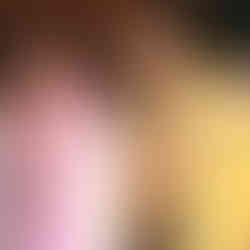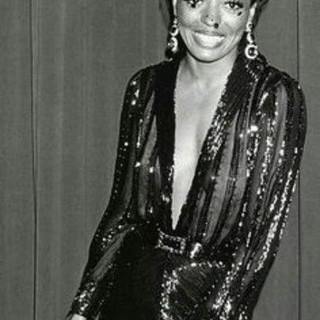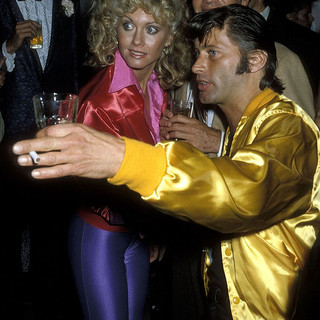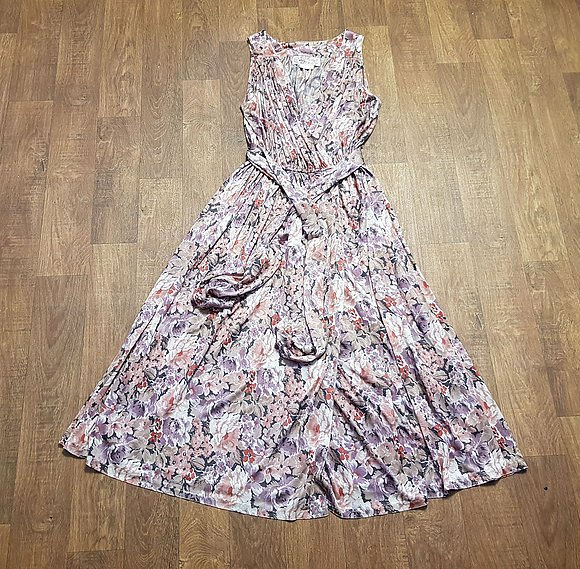1970s Vintage Fashion - More than a Trend
- Emma

- Nov 8, 2020
- 4 min read
1970s fashion has been a huge trend for many seasons now and shows absolutely no signs of slowing down. The wonders of fashion in the 70s are widespread as the styles of the era were hugely diverse. It was really the first time that fashion took real inspiration from the past and ‘vintage clothing’ became something suitable for everyday wear.
The long sweeping bias cut designs of the 1930s resurfaced as designers were inspired to create glamorous couture gowns. The 1940s were looked upon for their shirt dresses, mid length skirts, head scarves and platform heels which were reinvented with that extra seventies swag. Yes really, platform shoes might have been at their biggest and best in the 70s, but it all started back in the forties for these iconic heels.
By the end of the 1960s, ready to wear fashion was taking inspiration from pre-Raphaelite paintings and 19th century romanticism. This gathered momentum in the seventies and nostalgia was at the fore. Second hand and thrifted pieces were quite acceptable alongside mainstream and high street minis, maxis and midis. Even books and magazines got involved with demonstrating ways of achieving high fashion style on a budget. In 1975, Caterine Millinaire and Carol Troy published their book Cheap Chic which gained a huge cult following. Vogue magazine also started a column dedicated to thrift fashion, named More Dash than Cash.

It was at this point of the mid-seventies that it was considered cool and chic to dress alternatively and interpret trends with personal style accents - much like my ethos with My Vintage. I have always been a fan of influence rather than dictatorship when it comes to fashion. You can use vintage clothes and high street fashion to create looks that are perfectly on trend but also reflect your personality and will not fade out of fashion quickly. After all, fashion should always be fun and expressive - that is where the joy lies!
Another huge breakthrough in the seventies was the availability of brand new fabrics for home dressmaking. This meant that those high end designer couture looks could be more easily replicated and imitated for a mere fraction of the cost. Designers played around with fabrics, colours and print; incorporating huge botanical prints that had only previously been seen on furniture and upholstery. Of course the music scene was a huge influence on fashion, as the likes of David Bowie and the glam rock crew made their mark on popular culture. This gave way for playing with gender boundaries, metallic fabrics and crazy accessories. And we certainly cannot forget one of the biggest scenes of the 70s - disco!
In 1977, the iconic nightclub Studio 54 was born and there was no better place to appreciate disco fashion. The entry policy was only to admit the ‘beautiful people’. Celebrity status was irrelevant, the only thing you needed to party there was a serious sense of style. 70s designer Halton had many of his designs showcased at Studio 54 including those of the infamous Liza Minnelli. As he once said, “ You are only as good as the people you dress” and his easy glamour creations were often draped, panelled or pleated and made from jersey fabrics. Another hugely iconic designer of the era was of course Ossis Clark. He worked with his wife Celia Birtwell along with Alice Pollock, under the Quorum label (saved from bankruptcy by Radley). Clark would also take his inspiration from the past, trawling flea markets and stalls of Portobello market for antique garments. His breathtaking designs made from fluid crepes, chiffons and satins demonstrate the influence of the 1930s bias cut and the uber glamour of the 1940s. His timeless designs truly celebrate the female form and are just as wearable today - with a hefty price tag if you’re fortunate enough to find one.
When it came to the seventies high street, there were few that made as much impact as Biba. The Biba store opened on London’s Kensington High Street in 1974 and boasted up to 100,000 visitors per week. Founder Barbara Hulanicki was also influenced by 40s film noir and used what she called ‘Auntie colours’ namely hues of mulberry, tan, burnt orange and plum which are all still very desirable today. Her pricing was more accessible meaning that a humble office worker could still wear the same clothes of her celebrity style icons and many outfits would only be worn once or twice before being discarded - the first instance of the ‘fast fashion’ industry we see today.

So whilst 1970s has been criticised by some fashion historians for being stylistically confused, it offered a whole host of accessible and desirable fashion moments that are understandably wearable and sort after to this day.
Whether it’s sequins and glitz, platform heels, masculine trouser suits, midi dresses or ethnic peasant blouses; it’s very likely that you have some great seventies inspired looks in your wardrobe already. You will find thousands of references to the 70s on the high street right now, so why not take it back to the roots and invest in some original 1970s vintage clothing. Your wardrobe will be sure to thank you.
Until next time
Emma x
1970s vintage, 1970s clothing, 1970s fashion, 1970s dresses, Ossie Clark, Biba, Studio 54, disco fashion, boho fashion, 70s dresses, 70s trend, 70s style, vintage Halston, vintage Biba, vintage 70s, vintage fashion, fashion history, history of fashion, fashion trends, vintage trends

















Comments